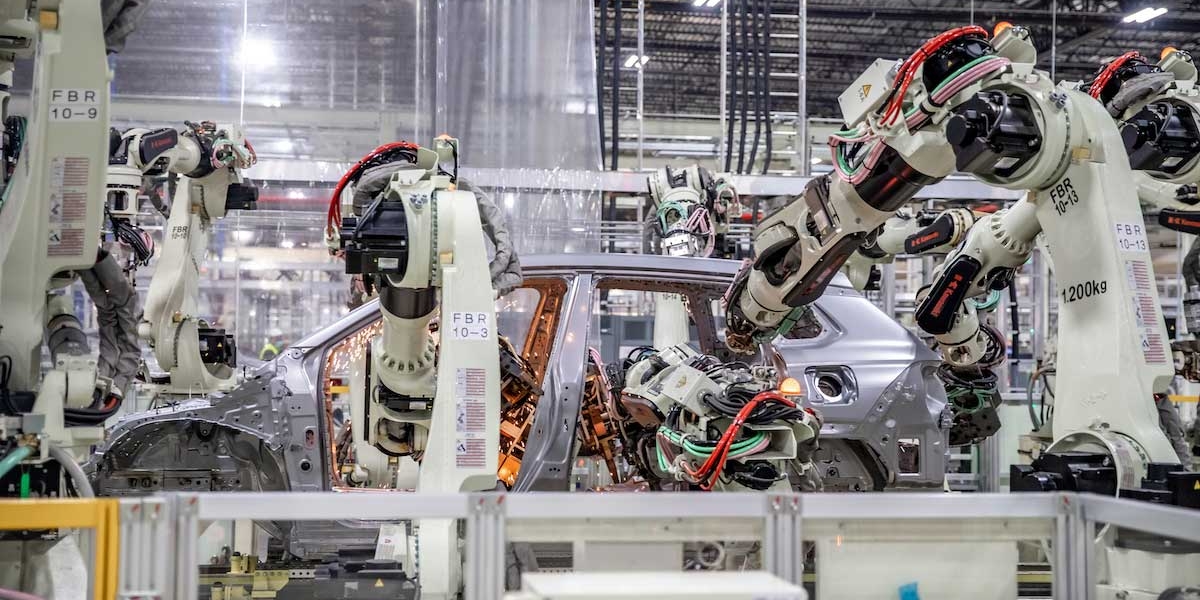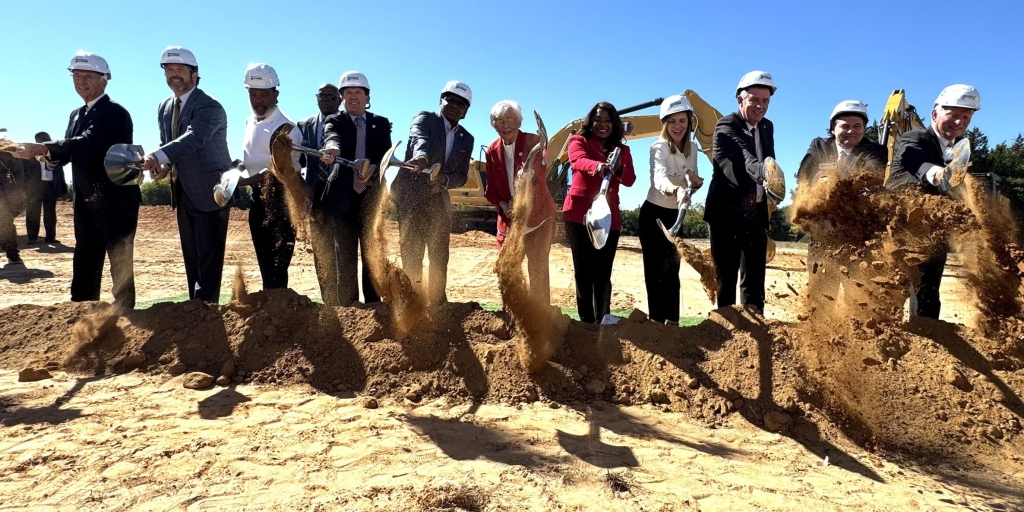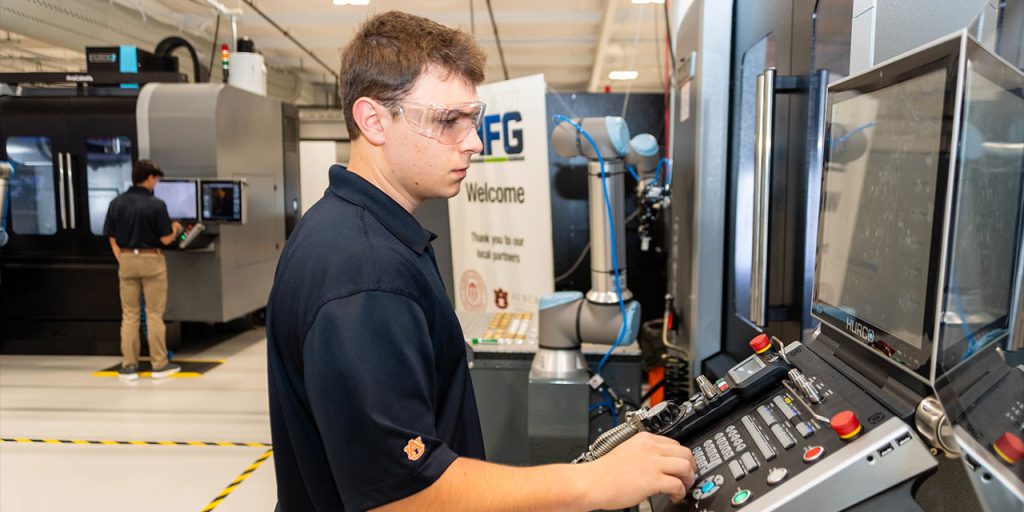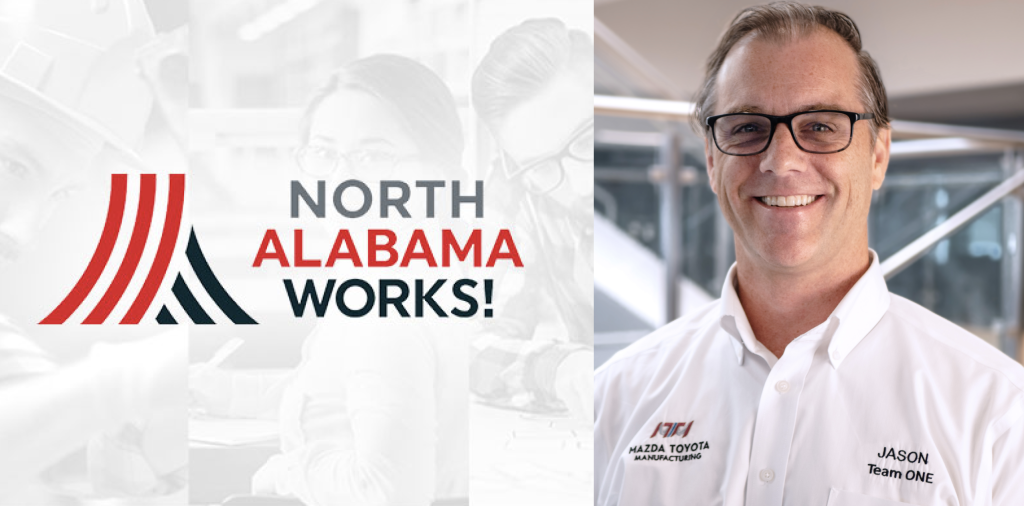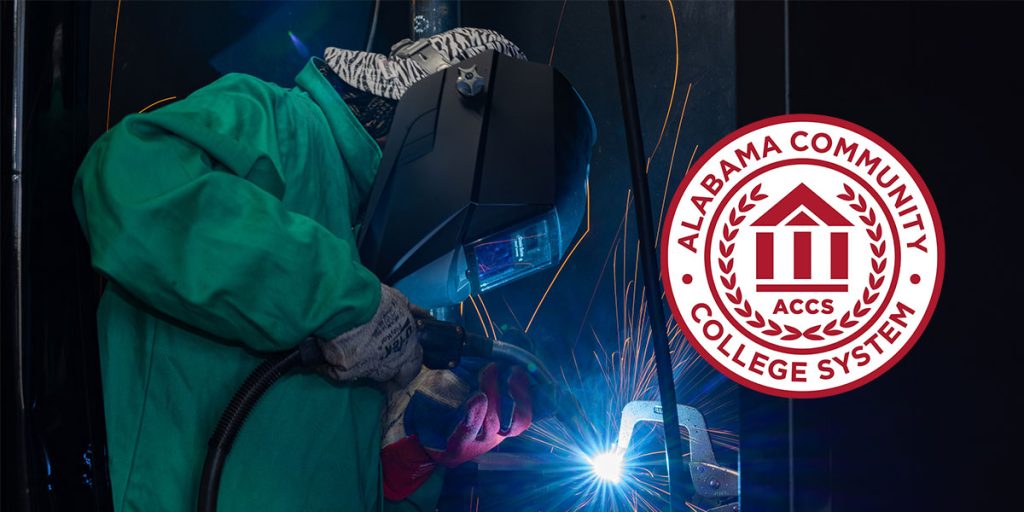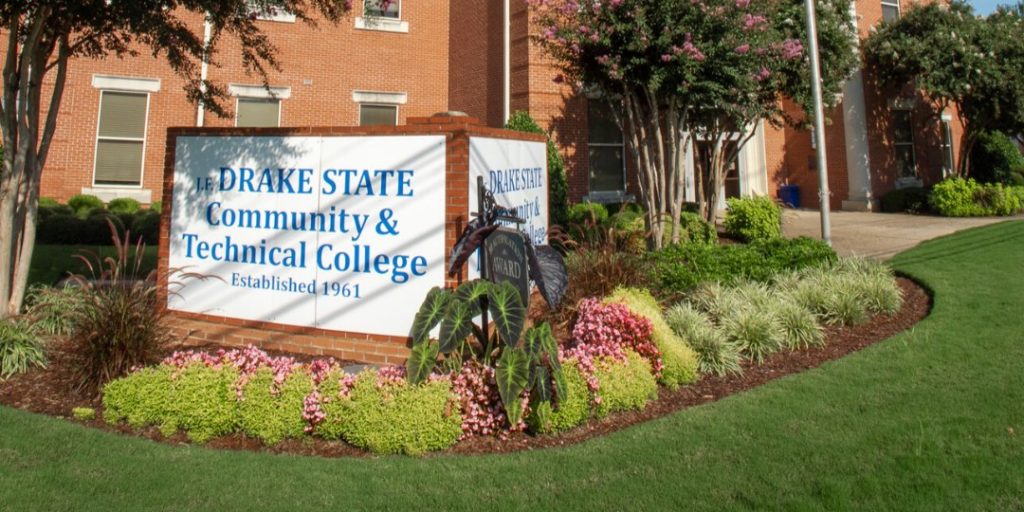Huntsville has long been a symbol of American innovation. From the Apollo missions to the cutting-edge work happening today at Redstone Arsenal and the Marshall Space Flight Center, this city embodies the power of American ingenuity. That same spirit of innovation fuels our nation’s manufacturing industry—an industry that is not only driving economic growth but also shaping the future of work.
Right now, manufacturing in the United States is at a crossroads. The industry has momentum—more companies are investing in new facilities and expanding operations than we’ve seen in a generation. At the same time, the industry faces a stark challenge: a study by The Manufacturing Institute and Deloitte projects that by 2033, the U.S. will need to fill 3.8 million manufacturing jobs, yet 1.9 million could go unfilled if we don’t act boldly.
This isn’t just a workforce issue; it’s an economic and national security issue. With Huntsville’s role in aerospace and defense, and Alabama’s growing advanced manufacturing sector, the state has a unique opportunity—and responsibility—to help solve this challenge.
Manufacturing is one of Alabama’s economic pillars, supporting 267,700 jobs and accounting for 15.8% of the state’s GDP. These are high-paying, family-supporting careers, with the average manufacturing worker earning more than $90,384 a year in wages and benefits. Yet companies across the state are struggling to fill open positions.
This workforce shortage isn’t a short-term problem—it’s structural. Retirements, industry growth, and new investments are all contributing to an unprecedented demand for skilled talent. And with rapid technological advancements in artificial intelligence, automation,n and robotics, we don’t just need more workers—we need workers with new skills.
So, how do we meet this challenge? The answer starts with changing perceptions and expanding pathways into manufacturing.
For too long, too many Americans have been told that a four-year degree is the only path to success. But nearly half of all open jobs in manufacturing today do not require a degree—they require skills. That’s why it’s critical to invest in apprenticeships, technical education, and hands-on training programs that allow students to earn while they learn.
A key part of this effort is the MI’s Innovators Quest, a new, hands-on interactive experience designed to engage young students in manufacturing. Inspired by classic board games like The Game of Life and the storytelling of modern fantasy games, Innovators Quest introduces students to the real-world problem-solving and creativity that make manufacturing careers exciting. Developed with the support of Honda, the program helps kids explore technology, engineering and innovation in a way that makes them see themselves as future manufacturers.
We need more programs like this to change outdated perceptions of manufacturing and show young people that this industry is where the future is being built.
Once students are interested in manufacturing, we need to provide clear career pathways. That’s where the Federation for Advanced Manufacturing Education (FAME) comes in.
Originally founded by Toyota and now led by The Manufacturing Institute, FAME is the gold standard for how employers and educators should work together. Here in Alabama, FAME is preparing students at places like Drake State Community & Technical College for careers in advanced manufacturing. Students work three days a week while attending classes two days a week, gaining the hands-on experience that will set them up for long-term success.
These aren’t just jobs—they are careers. Within five years of graduating from FAME, many students are earning six-figure salaries. And companies like Toyota Alabama, Mazda Toyota Manufacturing, Blue Origin, Plasma Processes, Bruderer, and Runergy are investing in FAME because they know the value of a skilled workforce.
The future of manufacturing is being written right now. With new technologies transforming how manufacturers design, build, and create, we need to ensure that America remains the global leader in modern manufacturing. And that starts with investing in our workforce.
Huntsville and Alabama have always been at the forefront of innovation. As we look ahead, manufacturers, educators, and policymakers must work together to strengthen our talent pipeline. Whether through partnerships with schools, investments in training programs, or efforts to bring more people into manufacturing, Alabama has the opportunity to set the standard for the nation.
Together, we can ensure that manufacturing continues to be the backbone of America’s economy—and that Alabama remains a powerhouse of innovation, opportunity, and growth.
Carolyn Lee is president of the Manufacturing Institute, the 501(c)3 workforce development and education affiliate of the National Association of Manufacturers. Dr. Patricia G. Sims is the president of Drake State Community and Technical College.




